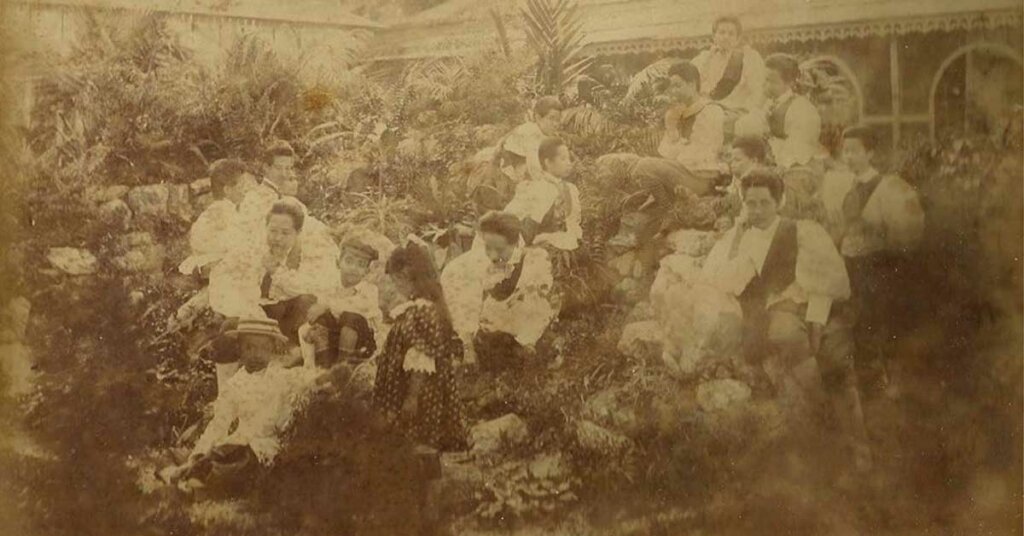
Table of Contents
The life and work of some of the great culinary legends who shaped Siamese cuisine – the first Thai food influencers
Prelude
Siamese cuisine is the accumulated wisdom of cooks at every level of the society – from housewives cooking at home and caring for their families, to cooks in the temple, to the culinary masters who created elaborate dishes behind the palace walls.
In this series of short articles highlighting their lives and work, we salute and pay homage to the most prominent individuals who influenced and shaped the Siamese culinary arts bpaa ga sin (ปากะศิลป์) of the Rattanakosin Era.
These background descriptions will also put into perspective the dishes we present and cook on Thaifoodmaster.
From indigenous tribes to a national culinary identity
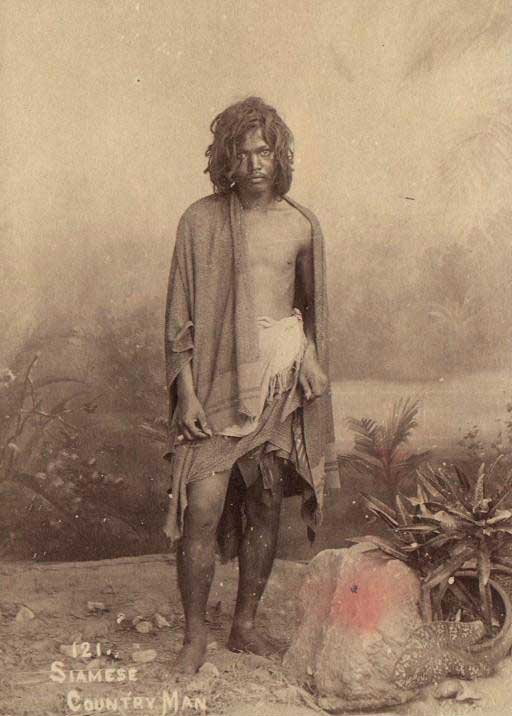
An old Thai expression – Saang baan bpaeng meuuang (สร้างบ้านแปงเมือง) – condenses into four words the complicated dynamics involved in the founding of a country with a national identity from a group of families and their tribes.
These dynamics were intensely influenced by the topography of the country and, especially, its water sources. Important river deltas were often the site of significant settlements and cities. The river delta topography allows the use of high land along the river for habitation and plantation, the lowland for cultivating rice, and the waterways for transportation. The Chao Phraya River delta was the birthplace of three major kingdoms – the Ayutthaya, the Thonburi and, later, the current Rattanakosin or Bangkok period.
[expander_maker id=”3″]
The small villages provided human interaction and fundamental social and physical infrastructure, such as a market, a temple, and a place for the cremation of the deceased. In addition, they served as cultural melting pots where one’s home was considered the village, rather than the actual structure in which they lived. And still, in the modern Thai language, the word for village and home is the same – baan (บ้าน).
Villages grew bigger and merged into towns (muang เมือง) or nakara in Sanskrit (Thai: นคร nakhon). These eventually became states, as walls were erected and a governing system was established with a ruling king.

In 1767 the walls of the glorious kingdom of Ayutthaya fell, and the city was burned to the ground by the Burmese. The Siamese fled further south of the Chao Phraya River delta and founded the Thonburi kingdom on the river’s west bank.
Under the leadership of a noble king of Chinese descent, Taksin the Great, the Siamese quickly reclaimed their independence and expanded their kingdom to include the lands of modern-day Laos, western Cambodia, and the Shan states of Burma, and down the Malay Peninsula as far as Penang.
Fifteen years later, in 1782, King Taksin was overthrown and executed. This event marked the beginning of the Chakri dynasty. King Rama I quickly relocated the capital to Bangkok, on Rattanakosin Island.
These two decades of turbulence, the hardship of life as new settlers, and adaptation to a new environment taught the Siamese to be practical, cautious, and sensible when it comes to food. They were always prepared for times of crisis with preserved or dried food stored in their pantries.
Two and a half centuries later, through times of war and peace, famine and prosperity, and tensions between Thai national identity and foreign influences shaped the art and style of Thai cooking (bpaa ga sin ปากะศิลป์) – food and culinary arts remain a relevant topic to the daily life of Thai people of all social levels.
A brief overview of the four Siamese culinary periods of the Rattanakosin era

1. The early Rattanakosin period or the classical period 1782- 1889 (ยุคต้นรัตนโกสินทร์)
Many regard the poetry written by King Rama II during the final years of the 18th century as the first comprehensive representation of the Siamese culinary repertoire.
The King’s literature highlights the culinary codes of the Royal Court – culinary codes gained through centuries of foreign trade rooted in Ayutthaya – and portrays the life of the aristocracy within the boundaries of the palace walls.
2. Transitional period 1889 – the 1920s (ยุคเริ่มรับศิลปวิทยาการตะวันตก)

This period starts with the publishing of the first Siamese cookbook. The attitude of the Siamese toward westerners shifted from regarding westerners as trespassers or merchants and travelers during the Ayutthaya period to viewing them as a threat, as Western imperialism began to pose a risk to the country’s independence.
Siamese culinary works formatted after the popular western cookery books of the time were part of a broader effort to be viewed by the West as a ‘civilized nation’ and thus maintain liberty.
These cookbooks established the early Siamese culinary language. They modified the Siamese aristocracy’s culinary view about their diet while opening a channel for examination, discussion, and new culinary ideas.
The earliest publications of this era are
- 1889-1890 – “Bpradtithin Bat Laae Joht Maai Haeht (ประติทินบัตร แล จดหมายเหตุ)” was a monthly journal containing recipes by Lady Plean Passakornrawong.
- 1890 – The book “Tam Raa Gap Khao (ตำรากับเข้า)” was written by Maawm Sohm Jeen (หม่อมส้มจีน) and published by the Wacharin printing company (โรงพิมพ์วัชรินทร์). This book is considered to be the first complete cookbook ever published in the Thai language.
- 1898 – “bpathaa nookrohm gaan tham khaawng khaao khaawng waan yaang farang lae sayaam” The encyclopedia of savory and sweet dishes, Western and Siamese Style printed by Wattana Wittaya Academy (ปะทานุกรม การทำของคาวของหวาน อย่างฝรั่งแลสยาม พิมพ์โดยโรงเรียนวัฒนาวิทยาลัย)
- 1908 – “Maae Khruaa Huaa Bpaa (MKHP) (ตำราแม่ครัวหัวป่าก์)” by Lady Plean Passakornrawong (1847-1912) and is considered the culinary authority for classical Siamese cookery.
3. Neoclassical period 1930s-1950s (ยุคหลังเปลี่ยนแปลงการปกครอง)

Modernity and western ideas affected Siamese society across all aspects of life, eventually leading to the abolition of the absolute monarchy (June 24, 1932) in Siam and signaling a shift in the perception of Thai nationhood.
For the first time in Thai history, the cultural self-identity was defined, through a shared national culture, and based on the power of the people rather than imposed by the throne.
The People’s Party (Khana Ratsadon คณะราษฎร,) implemented numerous policies aimed at shifting away from loyalty to the monarchy and creating a new sense of non-royal nationalism entitlement and connection with the land.
From a culinary perspective, an effort was made to transfer the identity of Chinese dishes to Thai. Cooks were often encouraged to use local ingredients and enjoyed the freedom to think and create beyond the Court’s boundaries and code of manners. This creative freedom was often expressed by bestowing poetic names on both new and existing dishes.
4. Contemporary period 1950s – Present day (ยุคร่วมสมัย)

It wasn’t until after WWII that Thailand became part of the “Free World”: the influence of the United States, global influences, and the rise of an urban middle class shaped Thai cuisine into what we know today.
Thai gourmet – bpaa ga sin (ปากะศิลป์)

Right: Lady Plean Passakornrawong (ท่านผู้หญิงเปลี่ยน ภาสกรวงศ์)
Jao Phrayaa Passakornrawong was a nobleman, a linguist, a philosopher, and a prominent political figure in the 19th century. He was born in 1849, during the reign of King Rama III. Descended from a powerful aristocratic Siamese family of Persian origin – the Bunnag family – he was educated abroad and was married to Lady Plean Passakornrawong.
Jao Phrayaa Passakornrawong coined the word “gourmet” (huaa bpaa หัวป่าก์) to beautify the Thai language with the slightly different spelling and pronunciation of a Javanese word. The Sanskrit word bpaa-ga (ปาก อ่านว่า ปา-กะ), is a noun that has a broad meaning related to cooking: it designates sourcing the ingredients, the ripeness of fruits and vegetables, and the preparation and cooking of food through boiling, seasoning, and garnishing.
[/expander_maker]
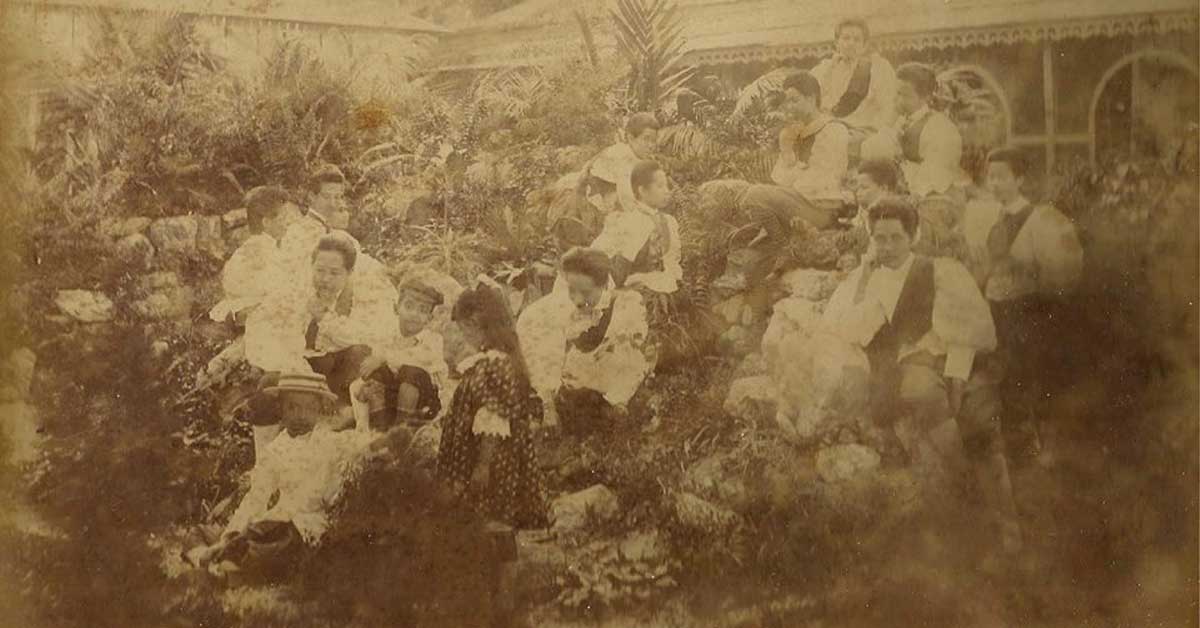
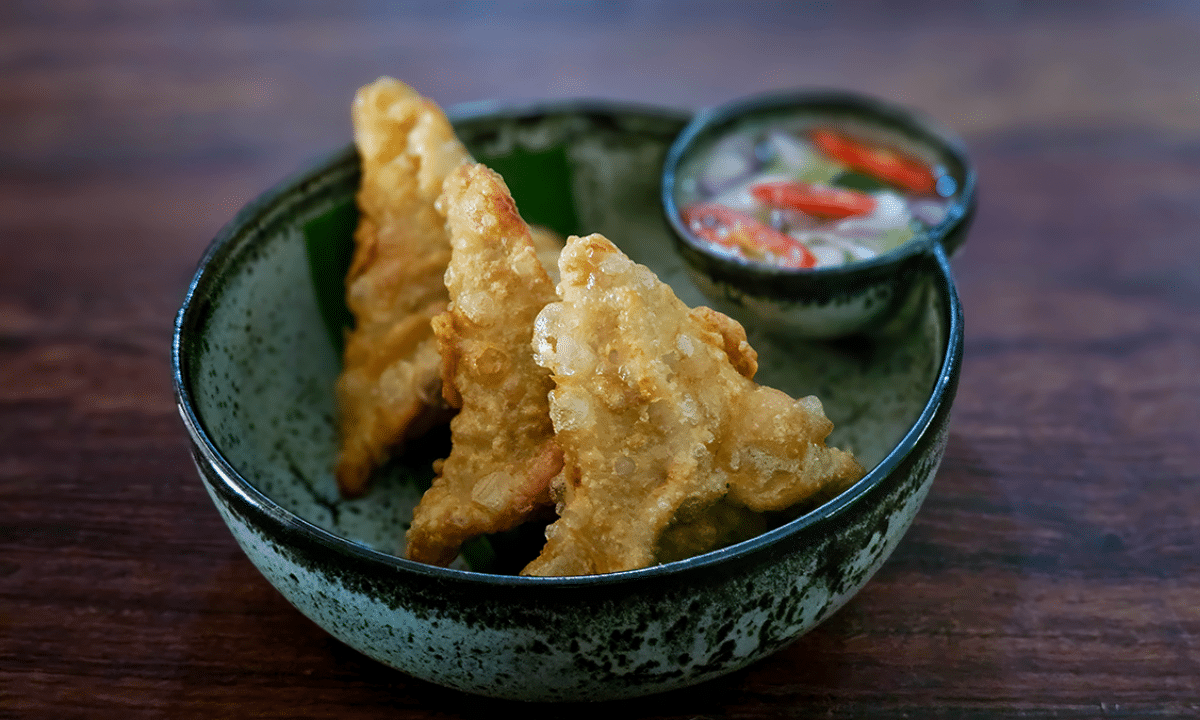
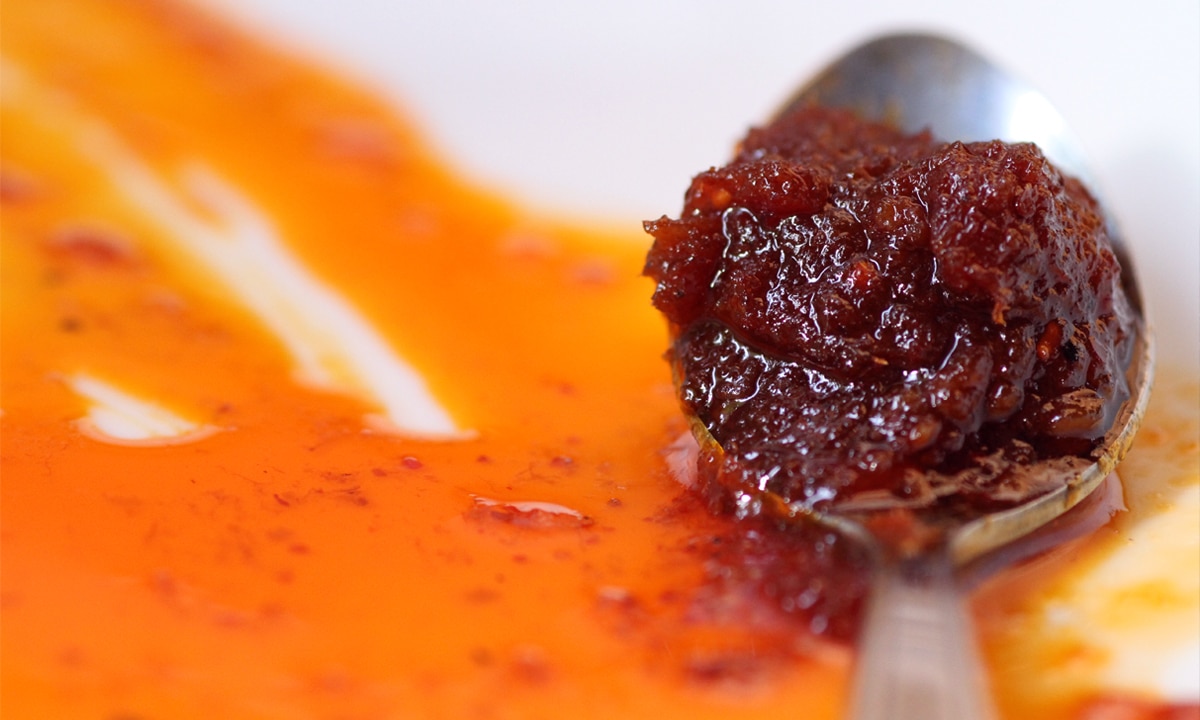
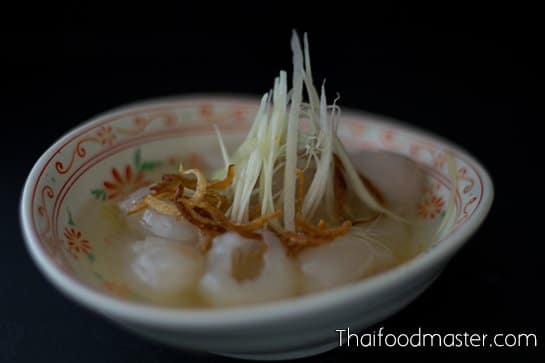

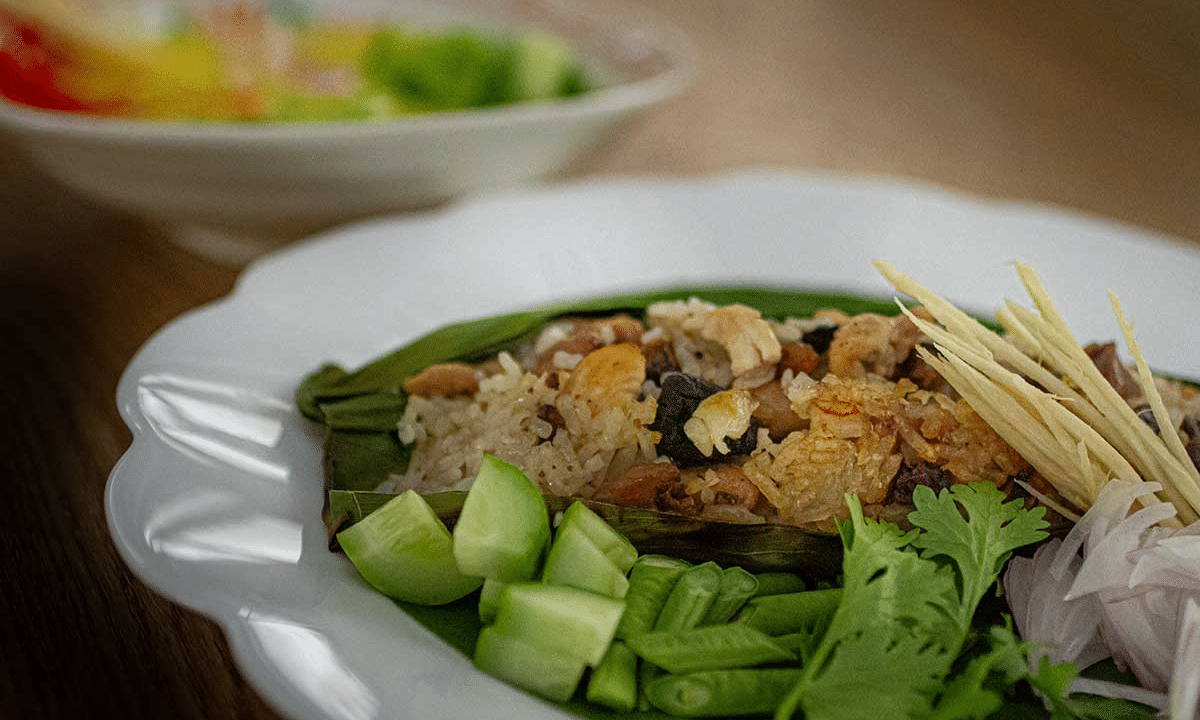


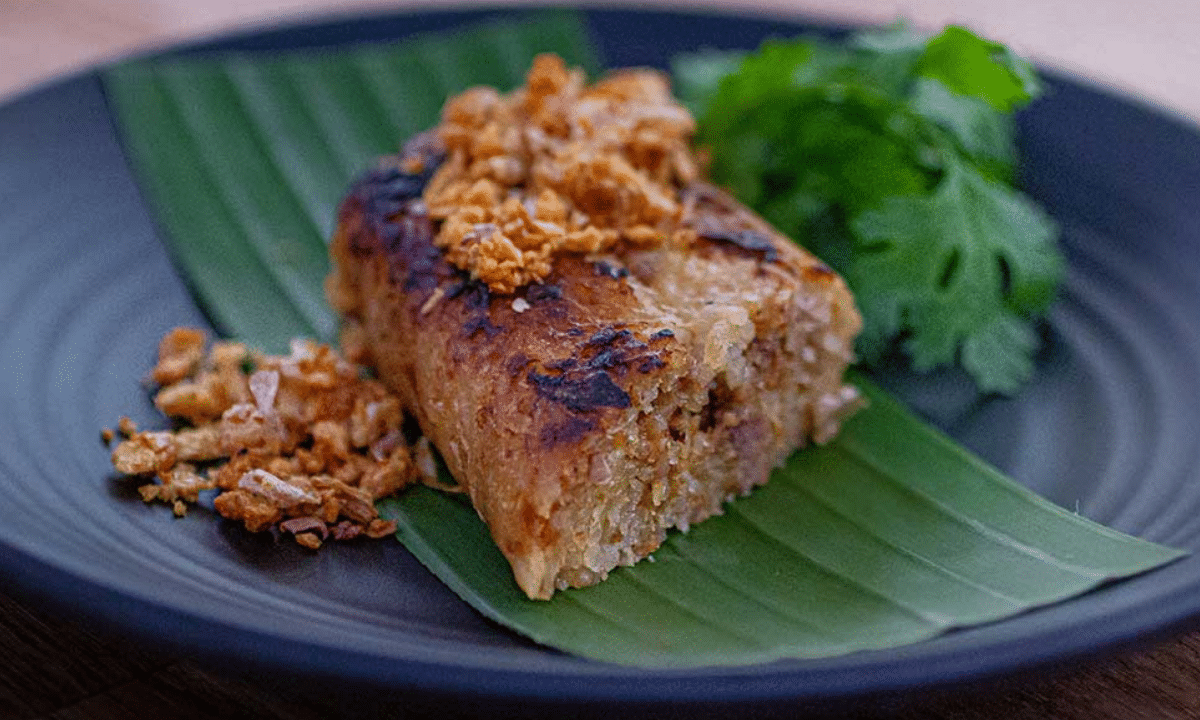

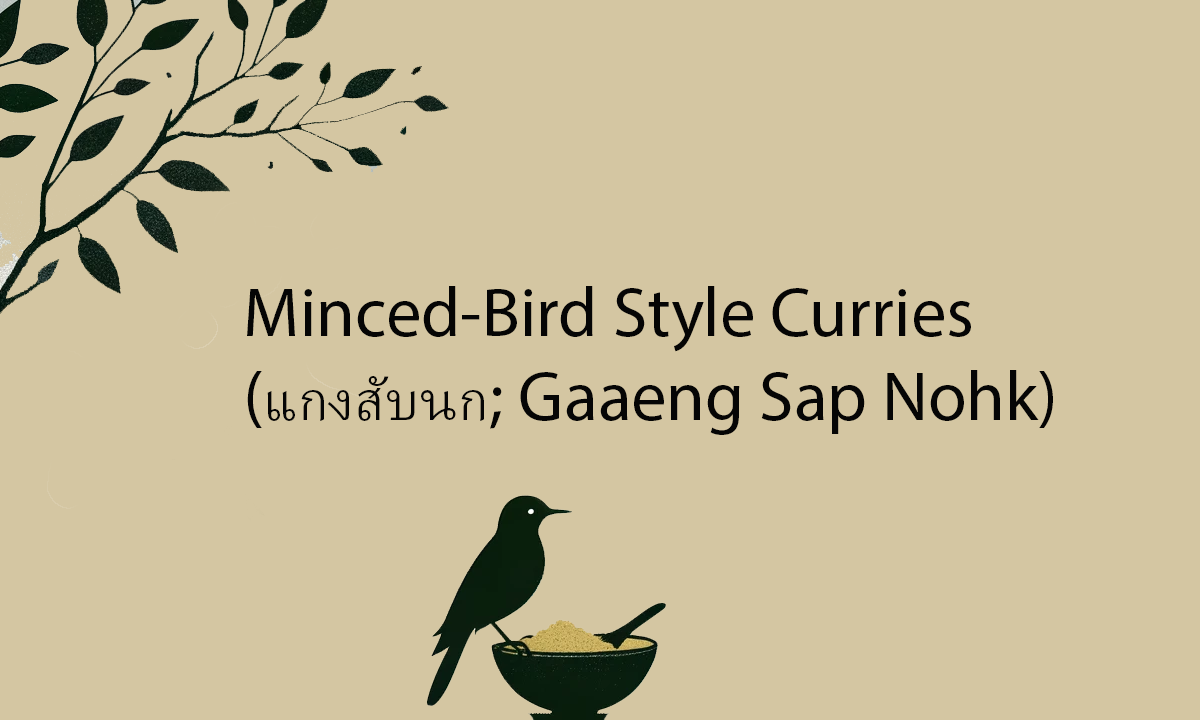
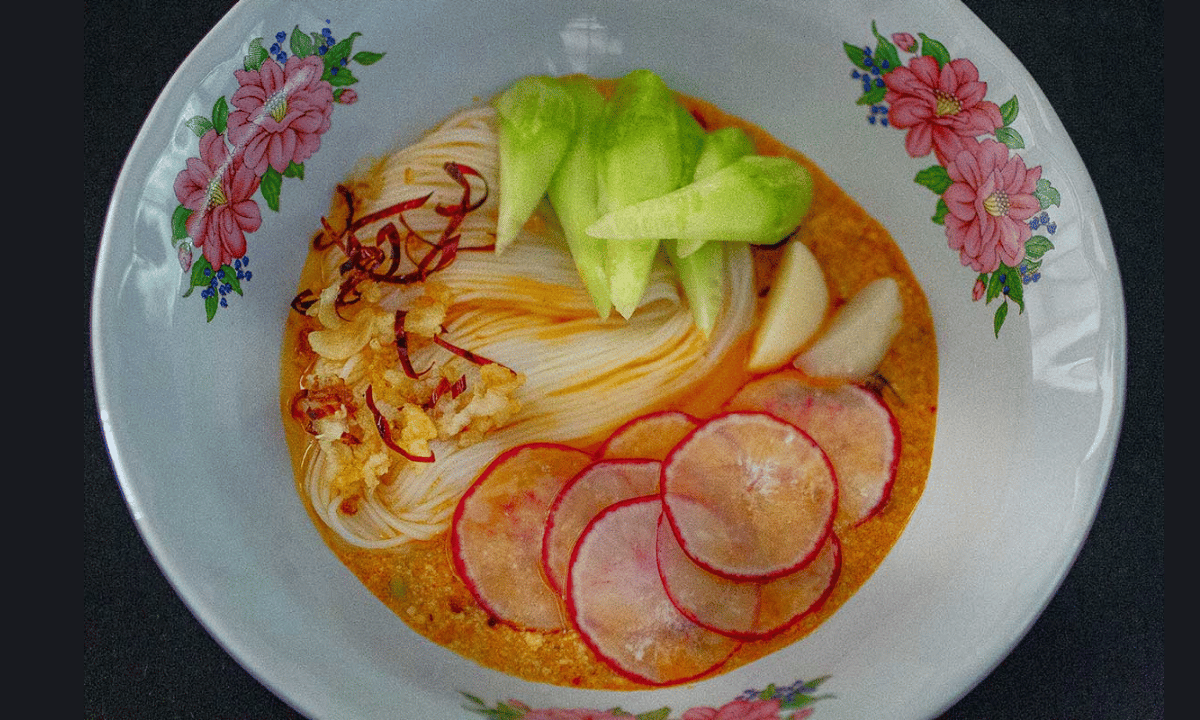
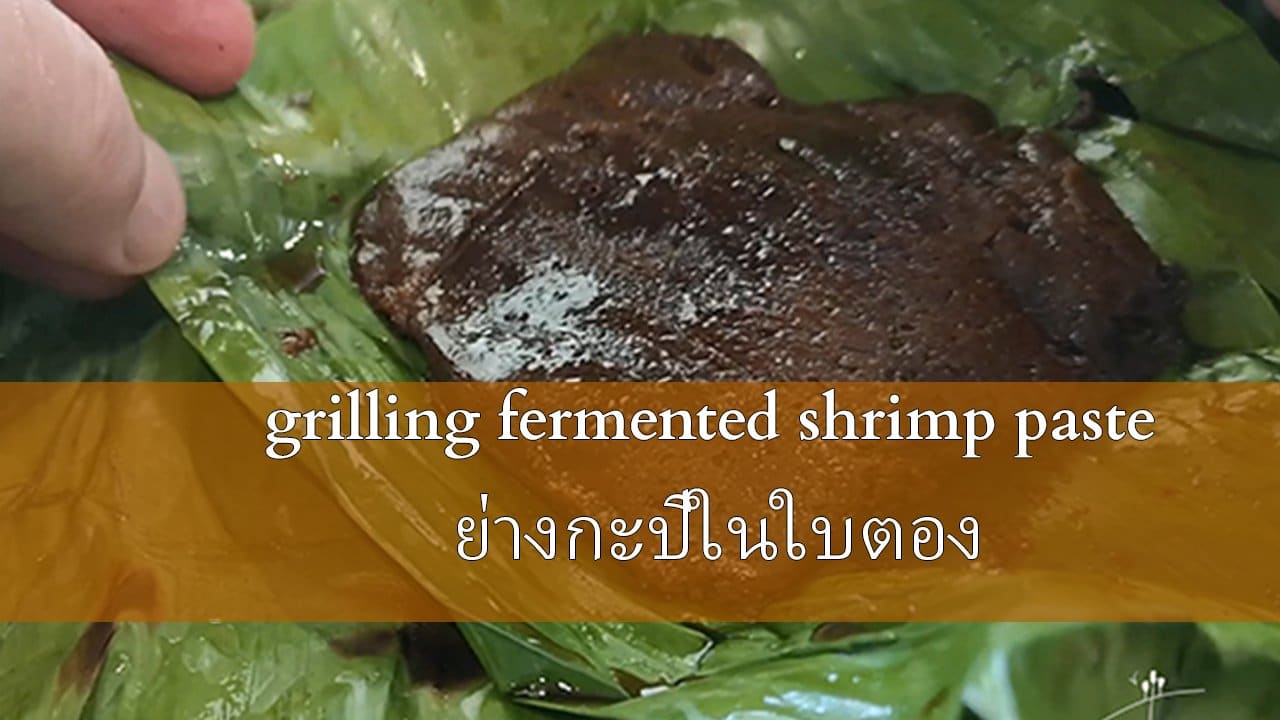
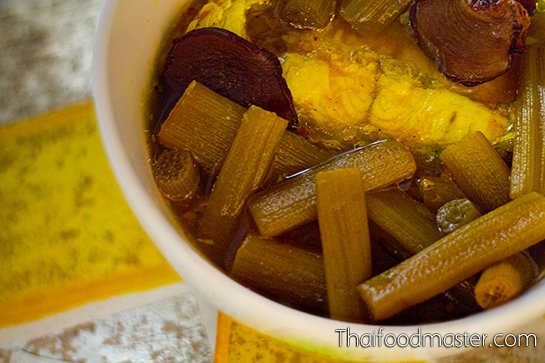
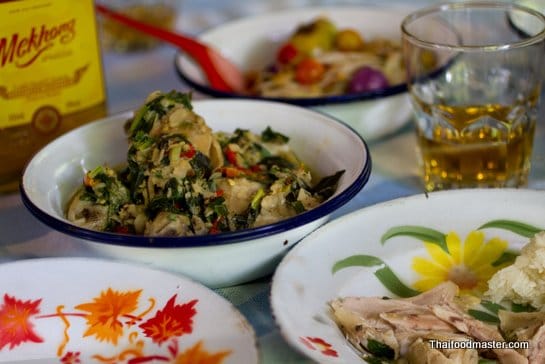
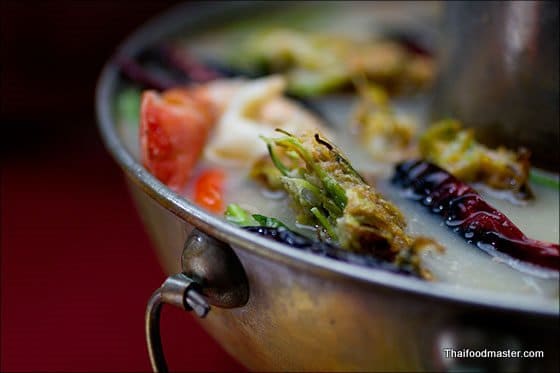
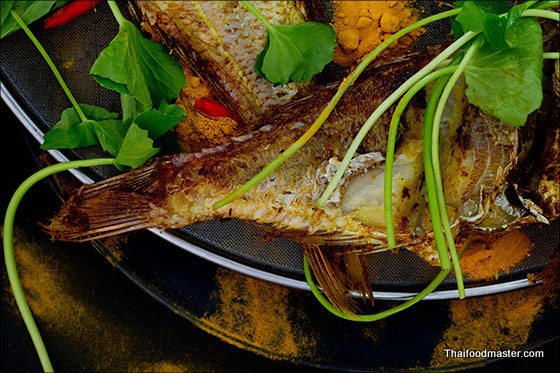
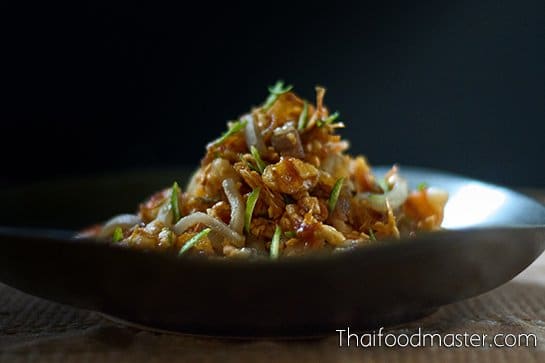

Get Access – Join Thaifoodmaster Today
Practical and kitchen-tested recipes with a mix of theory, history, psychology, and Siamese culture tidbits.
Access to Thaifoodmaster’s constantly growing library of prime professional classes, articles, recipes and videos on Siamese culinary topics, available nowhere else in English.
Gain access to NEW MONTHLY masterclasses as they become available.
1-1 support from Hanuman to help you achieve your professional Thai culinary goals
The opportunity to join a monthly live two-hour videoconference where I can answer your questions.
one year access for the price of 3 days in-person training.
You will get everything you need to:
When you design or build a new menu for an event or restaurant or even prepare for dinner with friends.
Finally !
Master your Thai cooking skills and expand your repertoire.